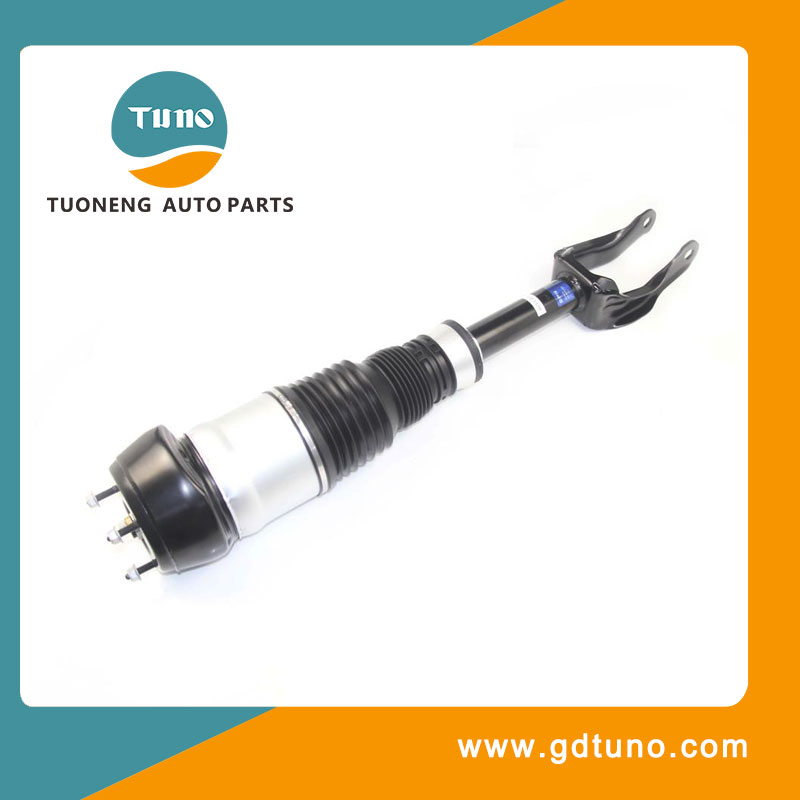Understanding the Automobile Suspension System: The Unsung Hero of Comfort and Control
2025-06-03
When we think about a car's performance, we often focus on the engine, brakes, or transmission. But there’s one crucial system working silently to ensure every ride is smooth, stable, and safe — the automobile suspension system.

What Is a Suspension System?
The suspension system is a network of components — including springs, shock absorbers (or dampers), struts, control arms, and linkages — that connects a vehicle to its wheels. It’s responsible for absorbing bumps, maintaining tire contact with the road, and improving overall ride quality and handling.
The Main Functions of a Suspension System
1. Ride Comfort
It absorbs shocks from road irregularities like potholes, bumps, or rough terrain, ensuring passengers experience minimal discomfort.
2. Handling and Stability
By keeping the tires in constant contact with the ground, the suspension helps drivers maintain control during cornering, braking, and acceleration.
3. Weight Distribution
It balances the car’s weight and reduces body roll, especially when making sharp turns or carrying heavy loads.
Key Components Explained
Springs: These support the vehicle's weight and absorb energy from road impacts.
Shock Absorbers (Dampers): They work with the springs to control motion and reduce excessive bouncing.
Struts: A combination of shock absorber and spring, commonly found in front suspensions.
Control Arms and Ball Joints: These connect the wheels to the frame and allow for flexible movement.
Anti-roll Bars: These reduce body roll during sharp turns.
Types of Suspension Systems
1. Independent Suspension
Each wheel moves independently. Common in modern passenger cars, it provides better comfort and handling.
2. Dependent (Solid Axle) Suspension
The wheels are linked and move together. It’s durable and used in trucks and off-road vehicles.
3. Air Suspension
Uses air springs instead of traditional steel springs. Offers adjustable ride height and superior comfort.
4. Hydraulic and Adaptive Suspension
These advanced systems automatically adjust stiffness based on driving conditions.
Why Maintenance Matters
Ignoring suspension issues can lead to poor handling, uneven tire wear, and even accidents. If your car feels bouncy, pulls to one side, or dips when braking, it’s time to get the suspension checked.
Final Thoughts
The suspension system might not be flashy, but it plays a vital role in your vehicle’s performance and your comfort. Whether you’re cruising down the highway or navigating a winding mountain road, you have the suspension system to thank for a smooth and controlled ride.


